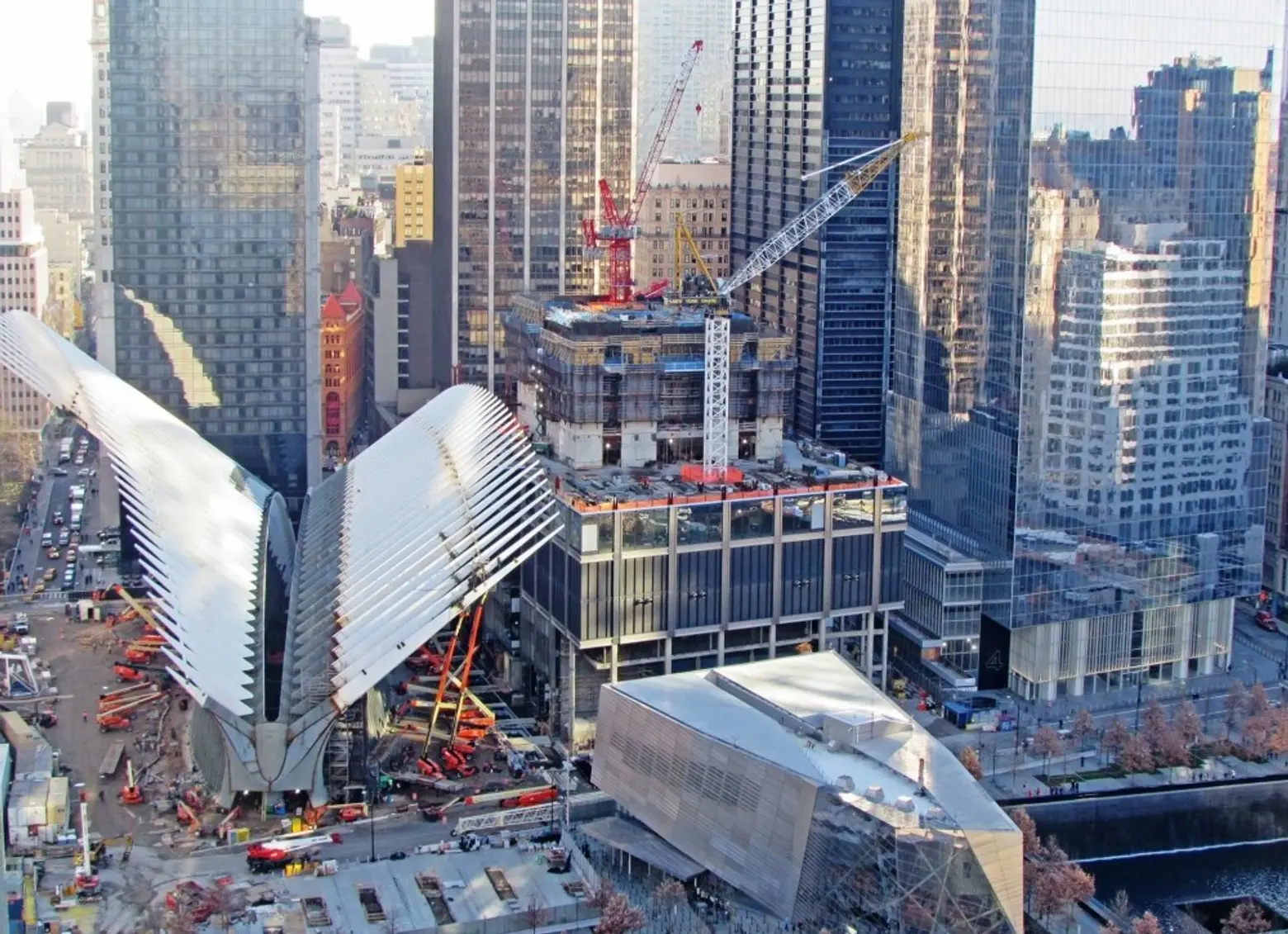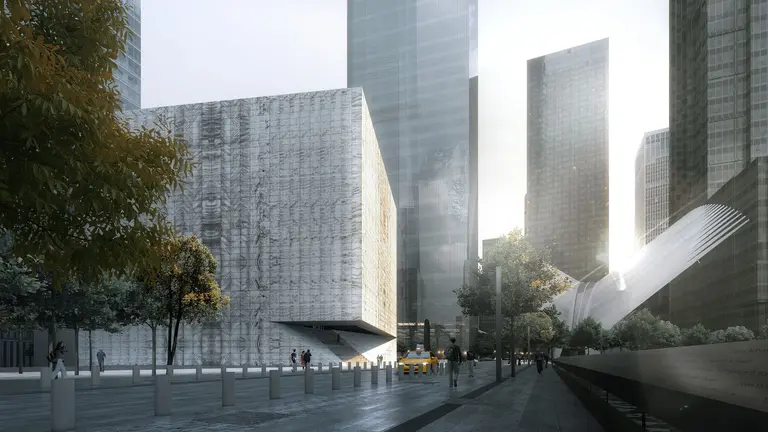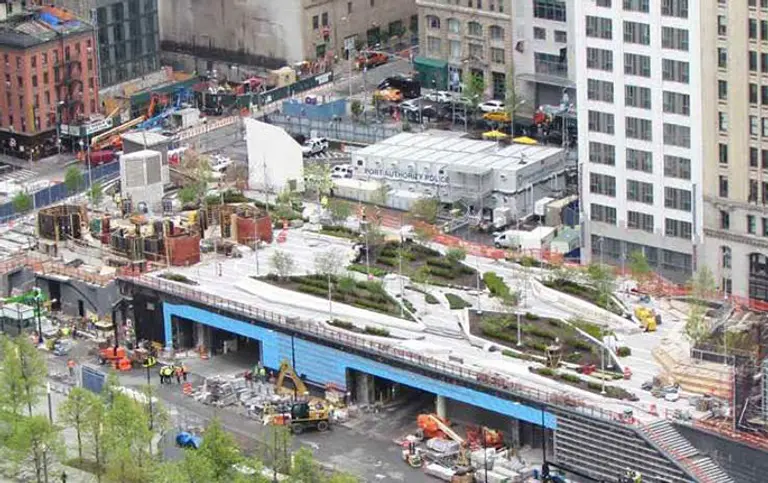Santiago Calatrava ‘Treated Like a Dog’ After WTC Transportation Hub Takes a Toll on His Reputation

Starchitect Santiago Calatrava has taken a media beating for the World Trade Center Transportation Hub, the long-delayed (it’s nearly six years off schedule), incredibly-over-budget (final construction costs ring in around $4 billion, twice what was projected, making it the world’s most expensive train station), flying bird-looking (though some critics think it looks more like a “rack of lamb”) PATH station project that he designed as part of the WTC revitalization. It was recently announced that the hub would open next month, but as it comes to a close, Santiago Calatrava is stuck at a dead end, noting that the project has taken a major toll on his reputation.
After living in NYC for 12 years, Calatrava has stopped being commissioned for work in the U.S. “I could not compete because people have not asked me to compete,” he told the Wall Street Journal in an interview at his Park Avenue townhouse. “I have been treated like a dog.”

Calatrava, considered a “neo-futuristic architect,” has designed such renowned projects as the sports complex for the 2004 Athens summer Olympics, the Liège-Guillemins railway station in Belgium, and the Alamillo Bridge in Seville, Spain. He’s also the architect behind the Ground Zero Church, another site in the World Trade Center area. But despite these international commissions, in recent years Calatrava has gained a reputation for designing projects that run over schedule and have exceedingly high costs, mostly thanks to the high-profile controversy at the WTC Transportation Hub, but also due in part to other projects like the cultural center he designed in his hometown in Valencia, Spain, which went hundreds of millions of dollars over budget and required hefty repairs.
In reference to the PATH station, the Journal explains, “The reasons are numerous, but broadly its problems can be found in the interconnected nature of the project, which weaves through a complex site densely packed with office towers, an underground museum and retail, numerous officials involved with the project said. With two train lines running throughout construction, it has also proved a logistical nightmare.” Plus, the 16-acre site is owned by the Port Authority of New York and New Jersey, an agency known for delayed projects and loss of revenue.

Clearly, Calatrava feels the scarlet letter he’s received is very unfair, especially since he says he was never consulted about the cost and scheduling for the project. When he was hired for the job, the city was still reeling from 9/11, and state officials wanted an anchor for lower Manhattan similar to Grand Central. Elihu Rubin, an architectural historian at Yale University, told the Journal, “It was the kind of environment that inspired grand visions. The risk for overruns was there from the start. The politics of rebuilding can generate relatively modest cost estimates, when more realistic budgeting would make desirable projects seem out of reach.” As it stands, the hub is made up of 618 steel pieces which weigh more than 12,000 tons, but the architect’s original design was far more intricate and costly, leading Calatrava to believe that the complexity of his design was obvious from the start.
Erica Dumas, a spokeswoman for the Port Authority, gave a curt response to the starchitect’s comments: “While we’re not quite sure what to make of Dr. Calatrava’s musings, the Port Authority is pushing hard to complete the World Trade Center Transportation Hub.”
[Via WSJ]
Transportation Hub rendering and construction photos via Port Authority of NY & NJ
RELATED:
- World Trade Center Transportation Hub Gets Its Final Steel Rafter
- Santiago Calatrava’s Winged ‘Oculus’ WTC Transportation Hub Takes Shape
- VIDEO: Santiago Calatrava Explains the Design of His Ground Zero Church





























